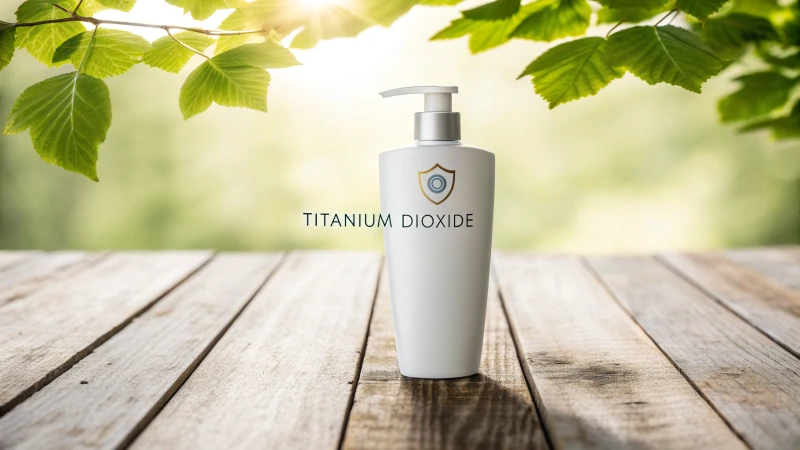
When it comes to crafting top-notch paints, the quality of titanium dioxide (TiO2) plays a pivotal role.
High-quality titanium dioxide in paint production shines through its whiteness, tinting strength, hiding power, weather resistance, light stability, dispersibility, and oil absorption. These attributes are crucial for achieving paint that is not only vibrant and long-lasting but also reliable in various conditions.
I remember the first time I learned about the magic behind paint formulations. It was during a late-night project, trying to get just the right shade on my living room wall. The challenge wasn’t just about color but ensuring the paint stayed vibrant despite the relentless sun streaming through my windows daily. That’s where understanding titanium dioxide comes in handy. Delving into these properties—whiteness for brilliance, hiding power for flawless coverage, and weather resistance for durability—became my secret weapon in creating not just beautiful but enduring finishes. Each aspect works together, ensuring that what we see today looks just as stunning tomorrow.
[claim claim=”Whiteness is a key indicator of TiO2 quality in paint.” istrue=”true” explanation=”Whiteness ensures color accuracy and aesthetic appeal in paints.”]
[claim claim=”Oil absorption is irrelevant to TiO2 quality in paint.” istrue=”false” explanation=”Oil absorption affects the dispersibility and texture of the paint.”]
How Does Whiteness Affect Paint Quality?
Ever wondered why that perfect shade of white paint transforms your room into a bright haven? It’s all about the whiteness of the pigment!
The whiteness of paint significantly affects its quality by enhancing brightness, opacity, and durability. A high level of whiteness means better light reflection and coverage, ensuring your paint delivers the look and longevity you desire.
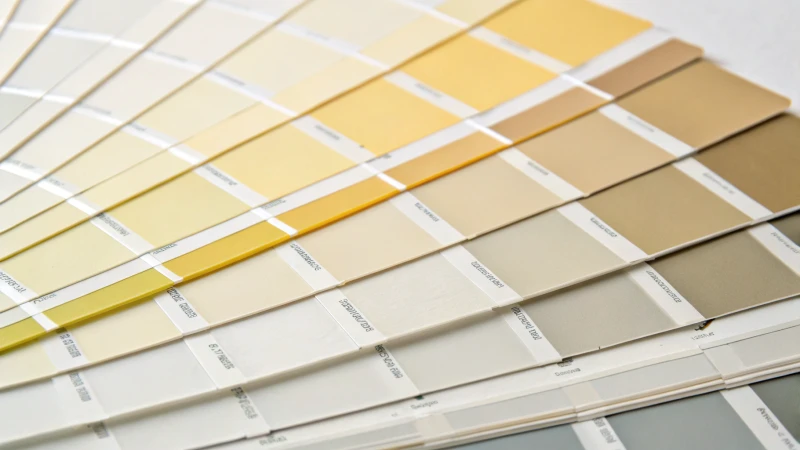
The Science Behind Whiteness in Paint
Let me take you back to the time I decided to refresh my living room. I stood there, overwhelmed by the choices, when I realized the power of the right white paint. The magic lies in pigments like titanium dioxide (TiO₂). These pigments reflect light so efficiently that they can transform even the dullest space. The trick is in the particle size distribution1—larger particles scatter light better, ensuring the paint hides any imperfections beneath it.
Key Attributes of Whiteness
-
Brightness and Tone
- Have you ever noticed how some whites seem crisper and more vibrant? That’s brightness at play! It’s all about how much light a pigment reflects. A higher brightness means your walls will beam with that pristine white glow, without any unexpected yellow or blue tones sneaking in.
-
Tinting Strength
- This is a bit like being the life of the party—how well can a white pigment lighten up other colors when mixed? A strong tinting strength means it’s versatile enough to bring out the best in any color combination.
-
Opacity and Hiding Power
- Opacity is your paint’s secret weapon. It ensures fewer coats and a flawless finish by covering any underlying colors or materials effectively. Think of it as efficiency wrapped in elegance!
| Attribute | Description | Impact on Paint |
|---|---|---|
| Brightness | Reflects the amount of light | Vibrant appearance |
| Tinting Strength | Ability to lighten other colors | Versatility |
| Opacity | Ability to cover underlying surfaces | Efficiency |
Impurities and Crystal Structure
I recall a time when I learned the hard way about impurities in TiO₂ after painting my kitchen. The slightly uneven finish was a lesson in how even tiny imperfections or mixed crystal structures can affect performance, leading to less effective coverage.
- Shape and Size: The optimal particle shape is crucial for light scattering2. It’s what gives paint its hiding power.
- Crystal Structure: Mixed crystals can shift colors unexpectedly, leading to an uneven finish.
Environmental Durability
In my experience, I’ve found that superior whiteness doesn’t just look good; it stands up to the elements. Whether it’s resisting yellowing or staying glossy under harsh sunlight, paints with high whiteness keep their charm over time. This is particularly important for exterior walls exposed to relentless weather and light stability3.
- Weather Resistance: Ensures longevity by resisting yellowing and gloss loss.
- Light Stability: Prevents discoloration from UV exposure.
Ultimately, understanding these factors has helped me select paints that not only meet aesthetic desires but also stand the test of time, whether it’s for a cozy home project or a larger-scale endeavor.
[claim claim=”Titanium dioxide increases paint’s whiteness.” istrue=”true” explanation=”Titanium dioxide reflects light efficiently, enhancing paint brightness.”]
[claim claim=”Larger pigment particles reduce paint opacity.” istrue=”false” explanation=”Larger particles increase scattering, improving paint’s hiding power.”]
Why Is Tinting Strength Important for Pigments?
Ever wonder why tinting strength is such a big deal in the world of pigments?
Tinting strength is essentially the superpower of a pigment to change the color of a mixture. It ensures that colors are vibrant and consistent, making it key in industries like paints and coatings for maintaining quality and cost-efficiency.
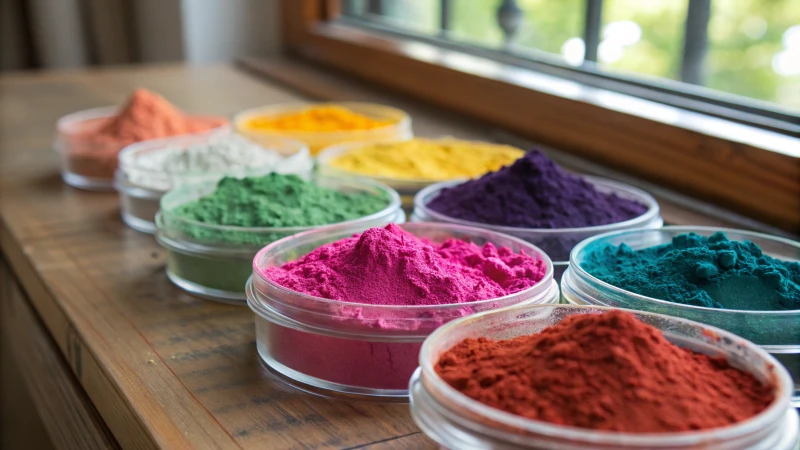
Understanding Tinting Strength
Think of tinting strength as the magic ingredient that determines how bold or subtle a color can become when mixed. I remember the first time I mixed colors for a project; it was a revelation to see how a small amount of pigment could completely transform a hue. This ability to alter color intensity is crucial for color matching, especially in industrial applications4.
Key Factors Influencing Tinting Strength
- Pigment Particle Size: Imagine trying to dissolve sugar cubes versus granulated sugar in coffee; smaller particles have more surface area to work their magic.
- Dispersion Quality: Just like stirring chocolate syrup into milk, well-dispersed pigments spread evenly, boosting tinting strength.
- Pigment Concentration: More pigment means more punch—stronger tinting effects that can save on material costs.
Measuring Tinting Strength
To gauge tinting strength, pigments are mixed with a standard white pigment. I once watched this process with fascination, comparing color intensity visually and with spectrophotometers for accuracy.
| Pigment | Tinting Strength | Application |
|---|---|---|
| Titanium Dioxide | High | Used in paints for brightening colors |
| Iron Oxide | Medium | Common in construction materials |
Practical Implications in Industry
In the paints and coatings industry5, I’ve seen how tinting strength can make or break both aesthetics and budgets. Stronger pigments mean less material is needed to achieve desired colors, which is a win for cost savings and production efficiency.
Consistency in tinting strength ensures uniform colors across batches—a must-have quality in commercial production. It also helps in crafting custom shades to meet specific customer desires. By mastering the tinting properties6 of various pigments, manufacturers can fine-tune their formulations for superior performance and value.
[claim claim=”Smaller pigment particles have higher tinting strength.” istrue=”true” explanation=”Smaller particles increase surface area, enhancing tinting strength.”]
[claim claim=”Higher pigment concentration weakens tinting strength.” istrue=”false” explanation=”Higher concentrations typically strengthen tinting effects.”]
Why Does Weather Resistance Matter for Paint Durability?
Ever wondered why some paint jobs last longer than others?
Weather resistance in paint is its ability to endure environmental conditions like UV rays, moisture, and temperature shifts, crucial for preserving both appearance and structure over time.
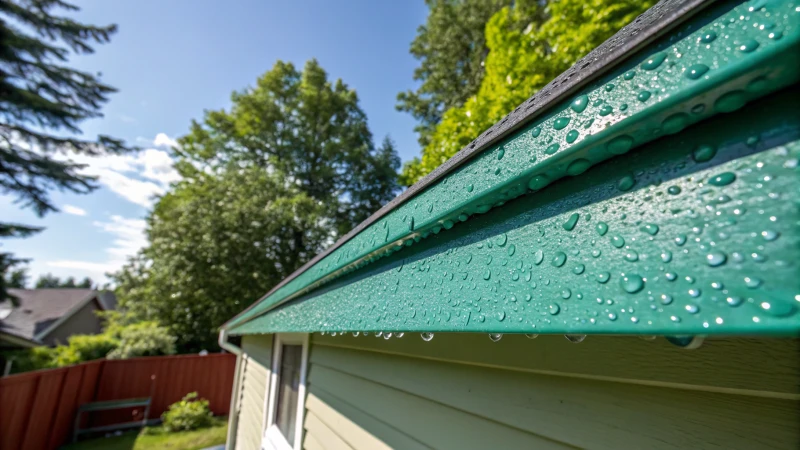
Understanding Weather Resistance in Paints
When I first embarked on my home renovation project, I quickly learned that weather resistance in paint isn’t just a fancy feature—it’s a necessity. Imagine putting in all that hard work painting your patio, only to see it fade or peel after a season of sun and rain! Weather resistance ensures that paint retains its vibrancy and adhesion, even when Mother Nature throws her worst at it.
Components Influencing Weather Resistance
I remember standing in the aisle at the paint store, overwhelmed by choices. But I realized, after some digging, that a paint’s longevity is all about what’s inside:
- Binders: Think of these as the glue. Quality binders help the paint stick to surfaces and flex with temperature changes.
- Pigments: These are your color’s bodyguards, keeping it from fading or turning yellow.
- Additives: They add an extra layer of defense against UV rays and moisture.
| Component | Role in Weather Resistance |
|---|---|
| Binders | Help paint adhere and flex with temperature changes |
| Pigments | Protect color from fading or yellowing |
| Additives | Provide UV protection and moisture resilience |
Impact of UV Exposure
I once used a non-UV resistant paint on a sun-drenched wall, and within months, it looked like a sepia photo from the 1800s! UV radiation7 can really take a toll on paint, causing it to lose its sheen and discolor. Choosing paints fortified with UV-resistant additives can save you from this faded fate.
Moisture and Temperature Fluctuations
Living in a place where the weather can’t make up its mind, I’ve seen how moisture can cause bubbling or peeling, while drastic temperature changes can crack paint. Weather-resistant paints are crafted to stand strong against these challenges, maintaining their integrity through thick and thin.
Evaluating Paint for Weather Resistance
If you’re like me, you want your paint to last as long as possible. Here’s what I look for:
- Climate Suitability: Ensuring the paint is fit for the local weather is key.
- Testing Standards: I check if the paints have been tested for resilience against weather elements.
- Product Reviews: I dive into expert reviews and user feedback to gauge real-world durability.
Explore more about paint durability standards8 to make informed choices. By understanding these aspects, you can pick paints that hold their ground come rain or shine.
[claim claim=”Weather-resistant paints prevent color fading.” istrue=”true” explanation=”Weather-resistant paints have durable pigments that resist fading and yellowing.”]
[claim claim=”All paints are equally resistant to UV radiation.” istrue=”false” explanation=”Only paints with UV-resistant additives effectively prevent discoloration and gloss loss.”]
How is oil absorption measured and why does it matter?
Ever wondered why oil absorption is a big deal in industries like paints and food? It’s all about getting the right balance for quality and performance.
Oil absorption is measured by the amount of oil needed to saturate 100 grams of pigment. This impacts how products like paints and foods feel and function, affecting their overall quality and usability.
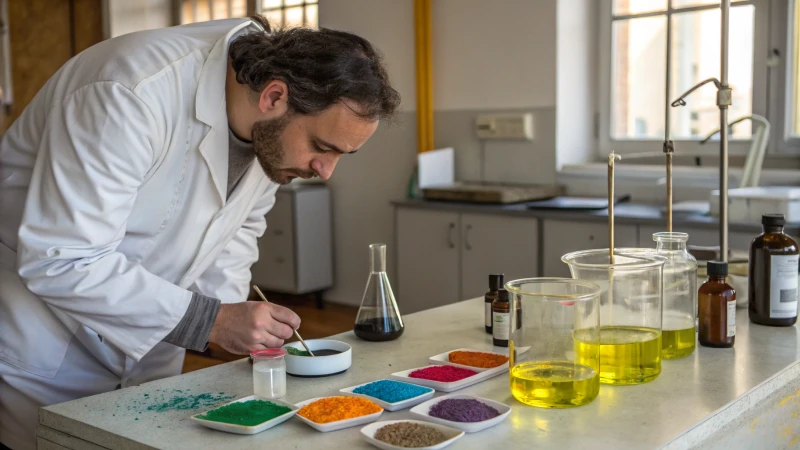
Measuring Oil Absorption
I remember the first time I saw oil absorption testing in action. It was in a bustling paint factory, where every detail mattered. Watching as technicians meticulously weighed 100 grams of pigment, adding oil drop by drop, felt almost like witnessing a delicate dance. They’d stop just when the mixture reached a perfect uniform wetness, recording the oil used with precision. This process, which follows standardized procedures9, is critical for ensuring consistency.
Table: Oil Absorption Measurement Process
| Step | Description |
|---|---|
| 1 | Weigh 100 grams of pigment |
| 2 | Gradually add oil, mixing continuously |
| 3 | Stop when mixture achieves uniform wetness |
| 4 | Record amount of oil used |
This table outlines the basic steps involved in determining oil absorption.
Why Oil Absorption Matters
I’ve always found it fascinating how something as simple as oil absorption can have such a massive impact. In paints, for instance, a high oil absorption indicates a more porous pigment, leading to thicker coatings. This not only affects the drying time but also the final look of the paint. I’ve seen manufacturers tweak formulations countless times to get that perfect finish.
In the food industry, oil absorption plays a huge role in texture and taste. Imagine your favorite low-fat snack; its crunch or creaminess often depends on this very property. For producers, understanding oil absorption is key to balancing product quality with cost efficiency.
Factors Affecting Oil Absorption
Several factors can influence oil absorption:
- Particle Size: Smaller particles have higher surface areas, which can increase oil absorption.
- Porosity: More porous materials soak up more oil, impacting viscosity10 and texture.
- Chemical Composition: Different pigments interact with oils based on their chemistry.
Understanding these elements helps industries tailor their products for desired traits, making oil absorption a cornerstone of material science in various fields. Every adjustment and measurement brings us closer to products that are not just functional but also a delight to use.
[claim claim=”Oil absorption is measured in grams per 100 grams of pigment.” istrue=”true” explanation=”The measurement involves the amount of oil needed to wet 100 grams of pigment.”]
[claim claim=”Higher oil absorption leads to thinner paint coatings.” istrue=”false” explanation=”Higher oil absorption results in thicker coatings due to more porous pigments.”]
Conclusion
High-quality titanium dioxide in paint production is characterized by attributes like whiteness, tinting strength, hiding power, weather resistance, light stability, dispersibility, and oil absorption for optimal performance.
-
Learn how particle size distribution affects paint brightness and coverage efficiency. ↩
-
Discover how light scattering contributes to paint’s opacity and hiding power. ↩
-
Explore how light stability protects white paints from UV-induced discoloration. ↩
-
Learn how tinting strength ensures color consistency and efficiency in industrial production. ↩
-
Discover how tinting strength affects aesthetics and costs in the paint industry. ↩
-
Explore how different pigments’ tinting properties influence their application and formulation. ↩
-
Understanding environmental impacts on paint helps choose the right product for specific conditions. ↩
-
Knowing testing standards aids in selecting paints that meet high durability criteria. ↩
-
Explore standardized procedures to ensure consistent and reliable measurement of oil absorption in various applications. ↩
-
Learn how particle size influences viscosity through its effect on oil absorption, affecting product formulation. ↩




